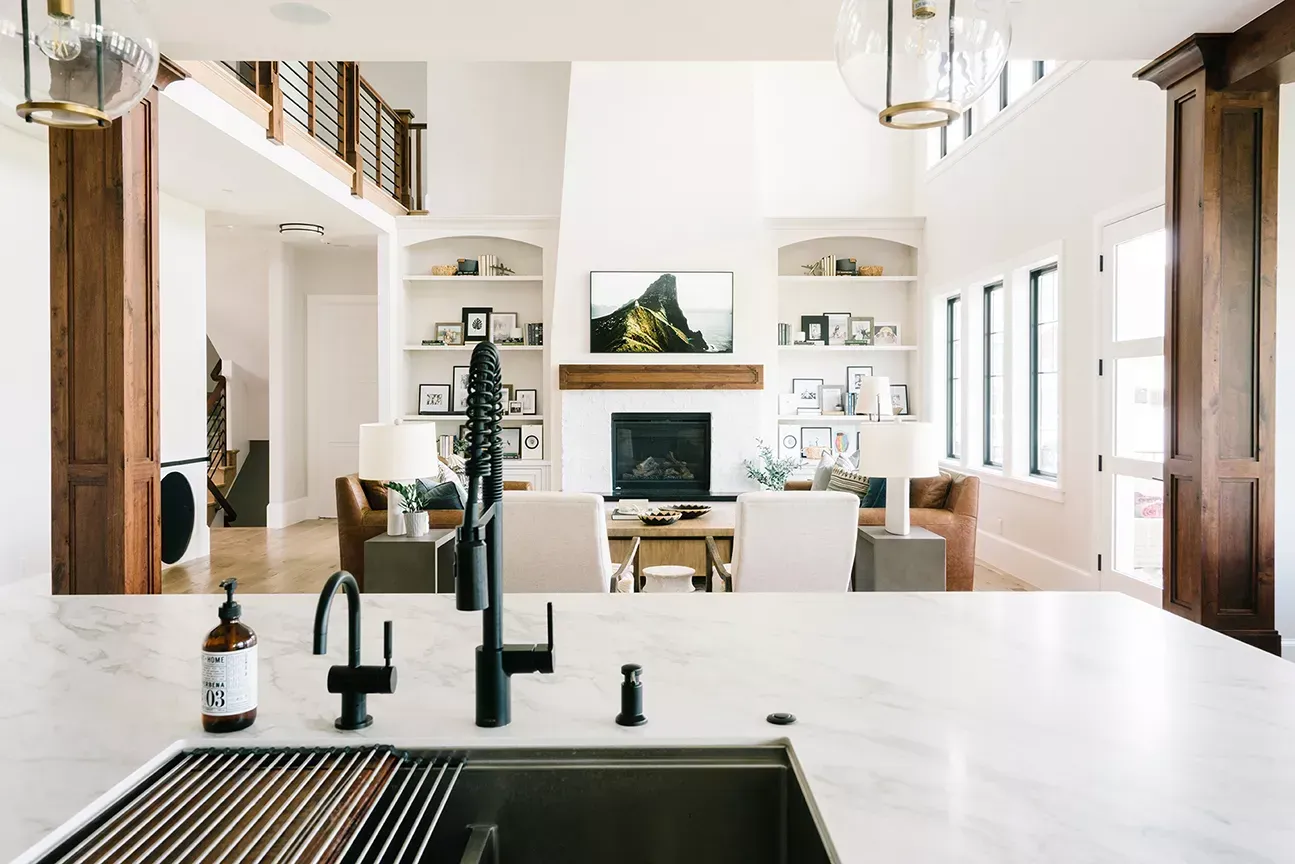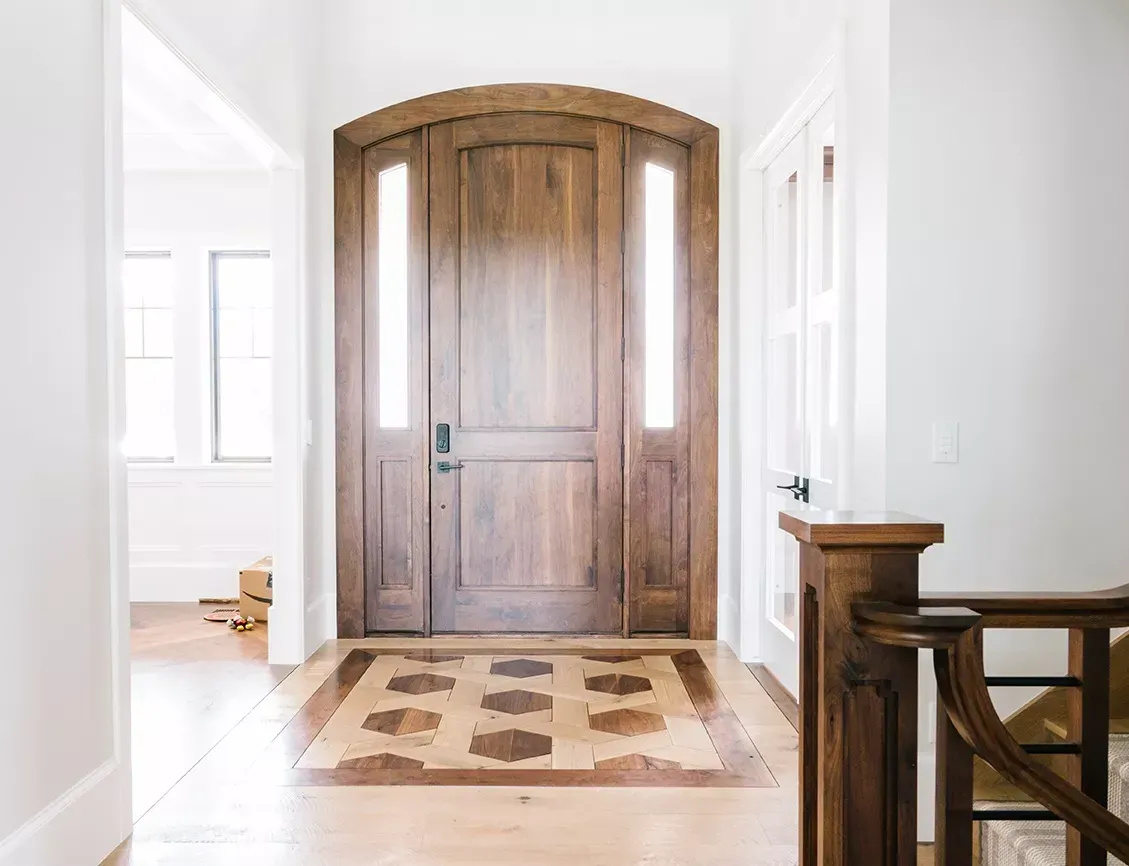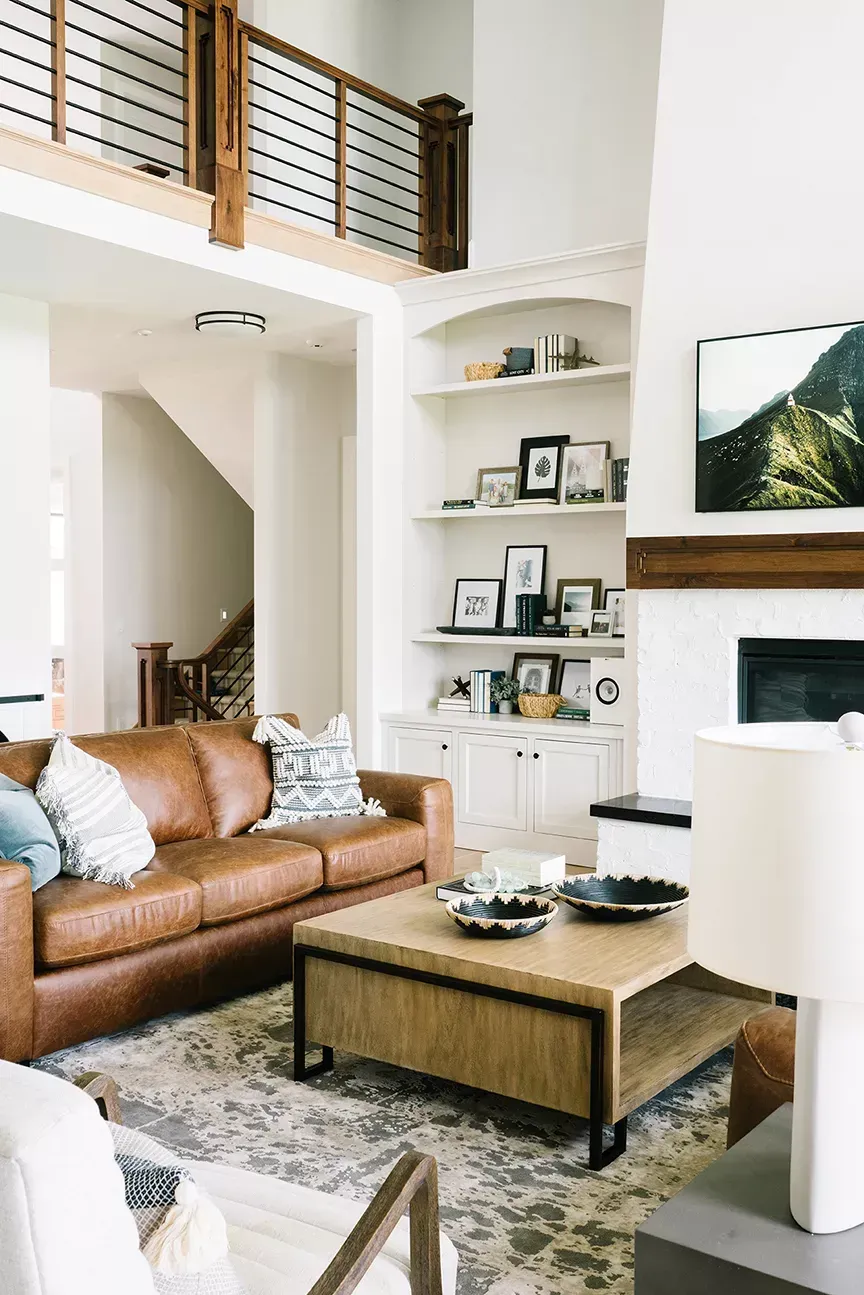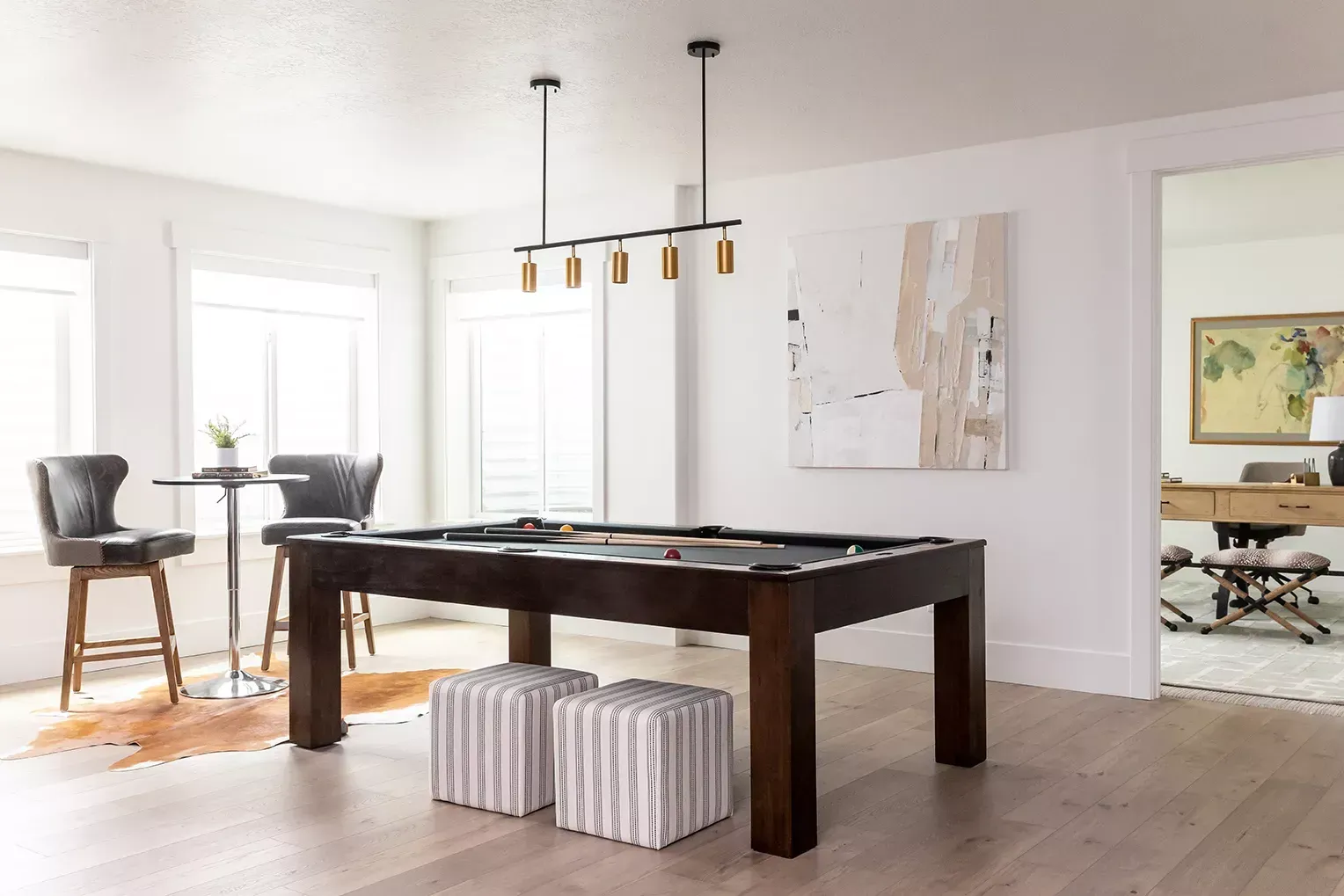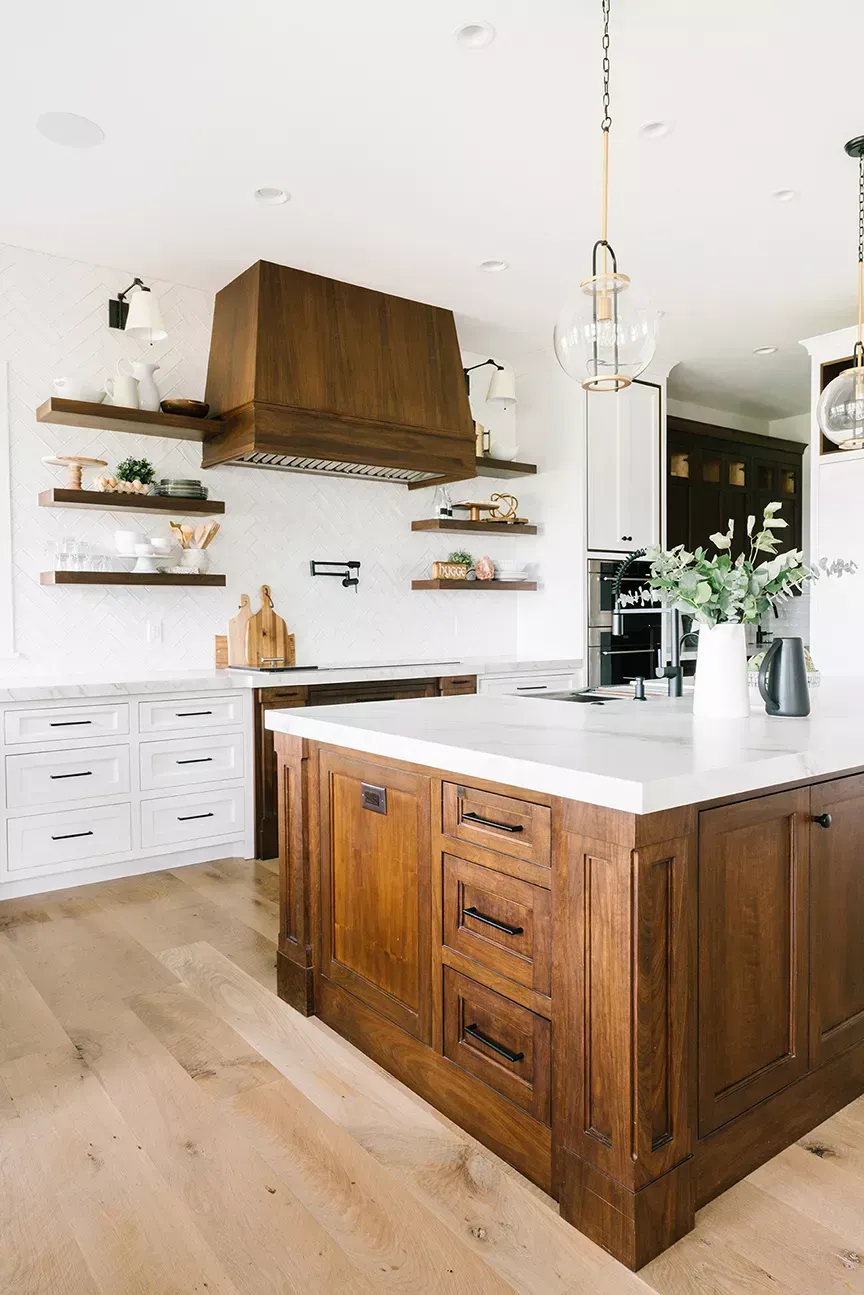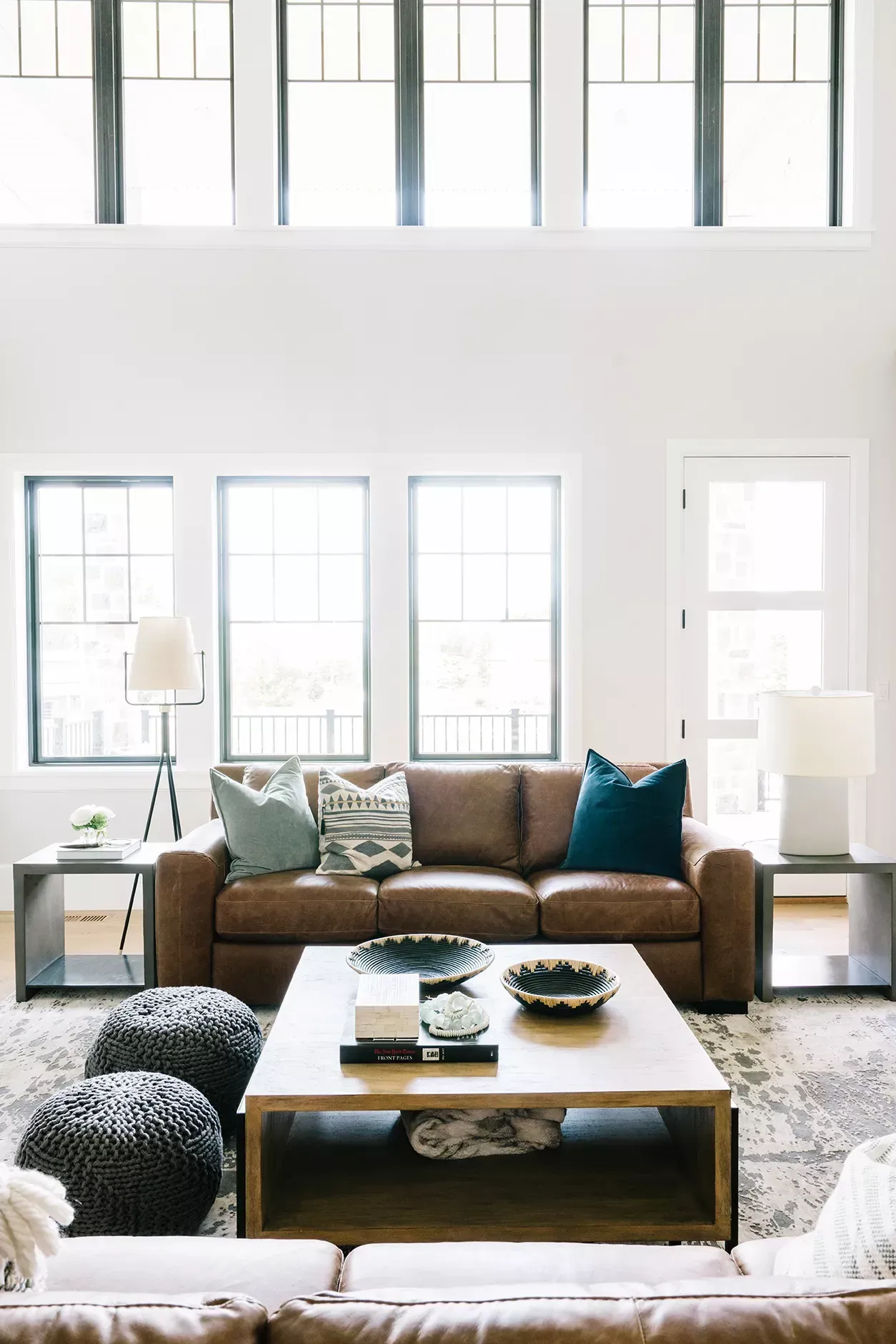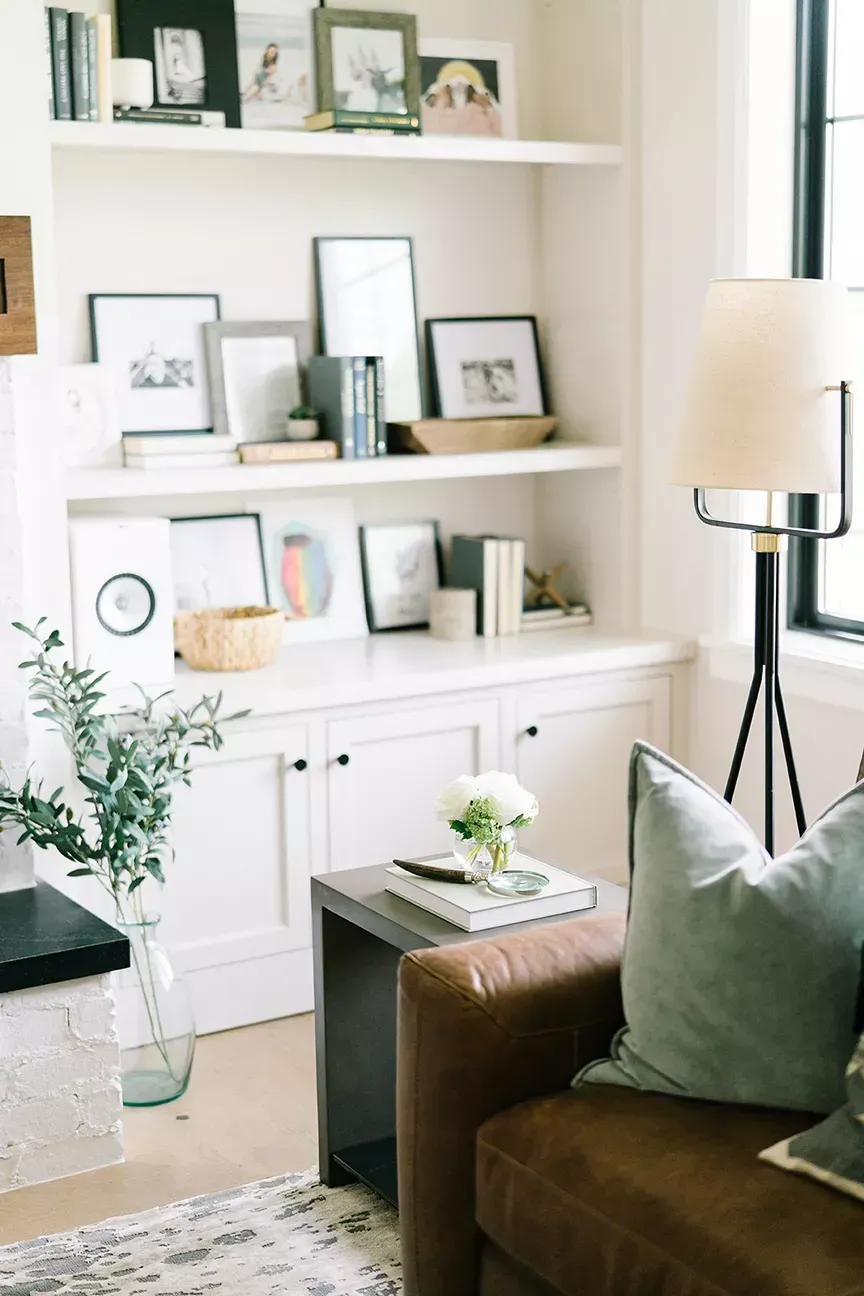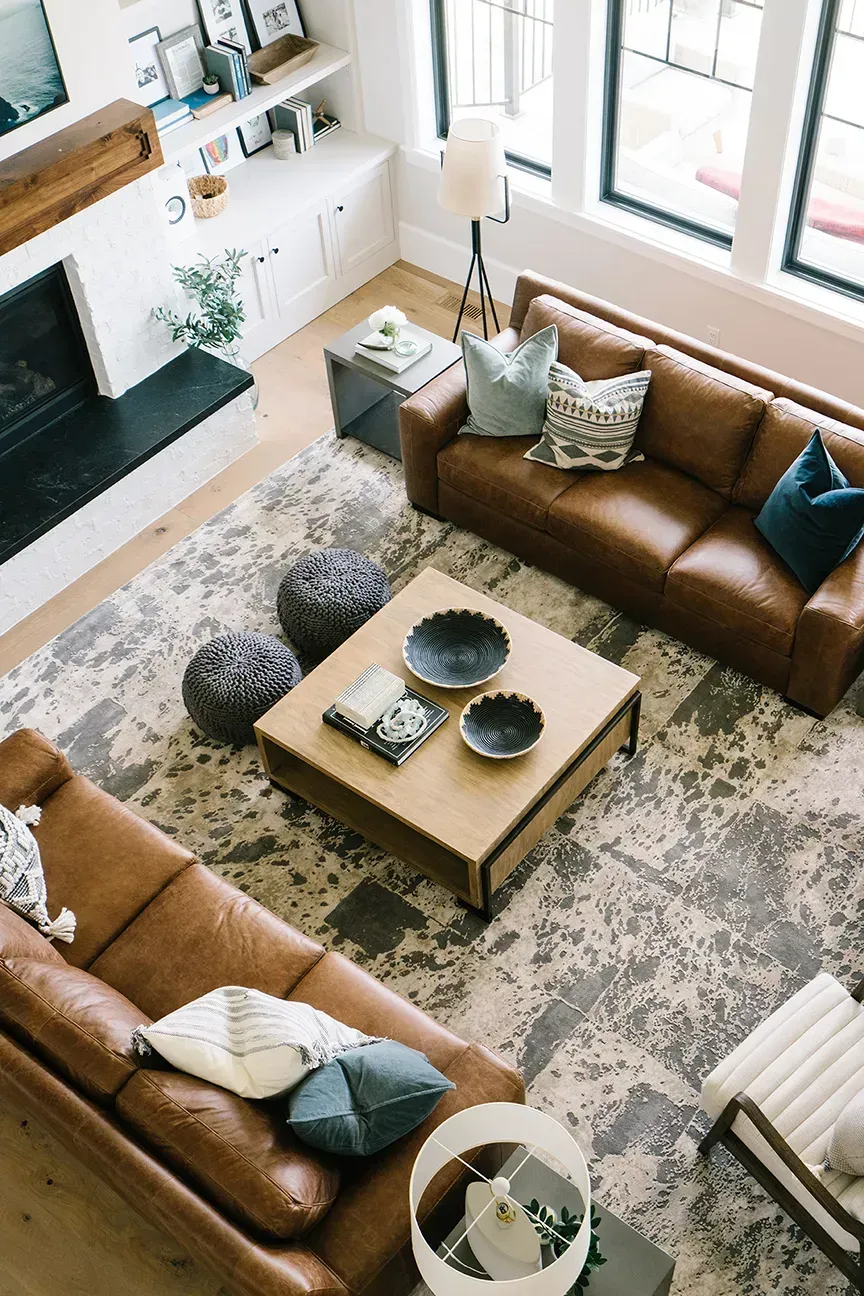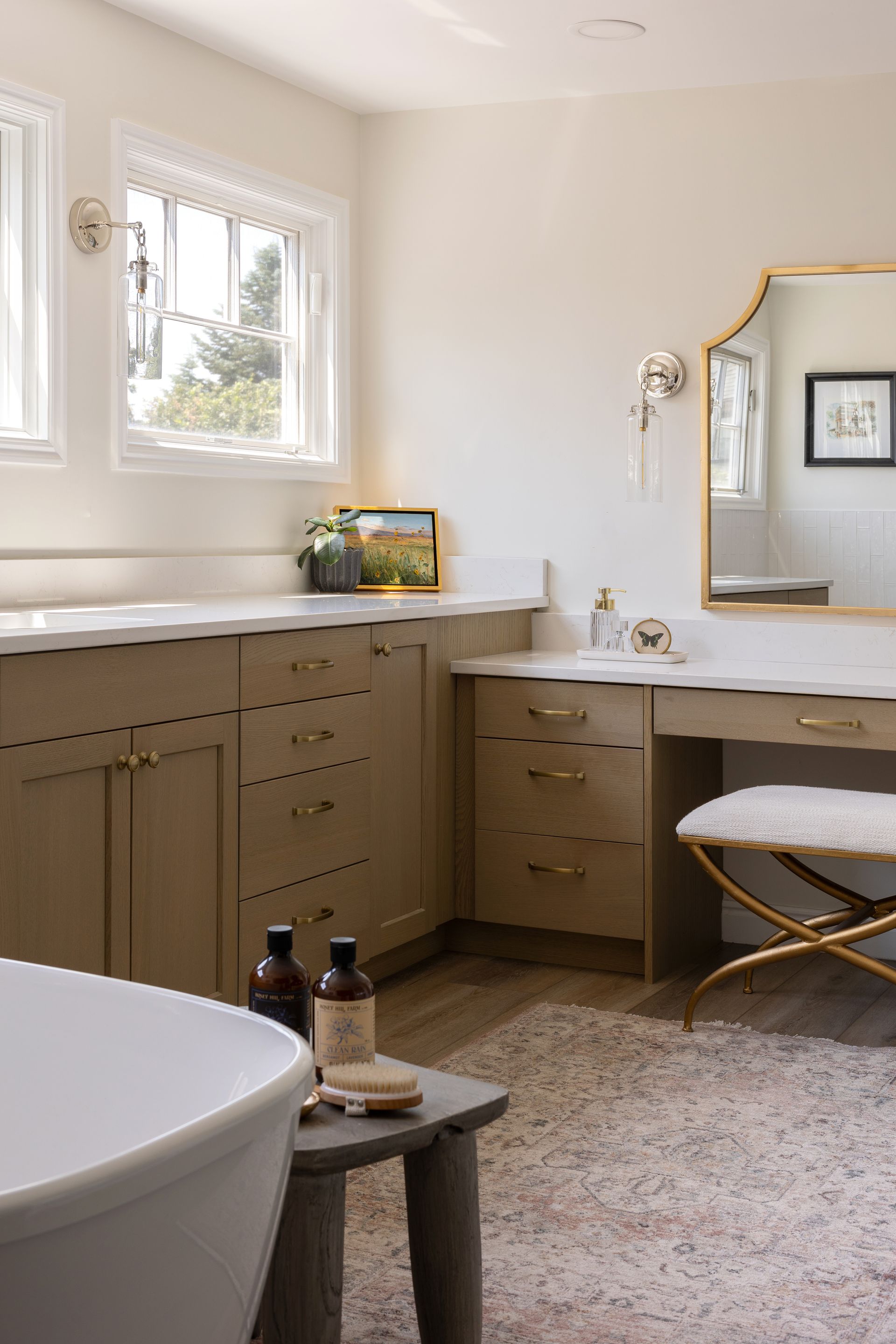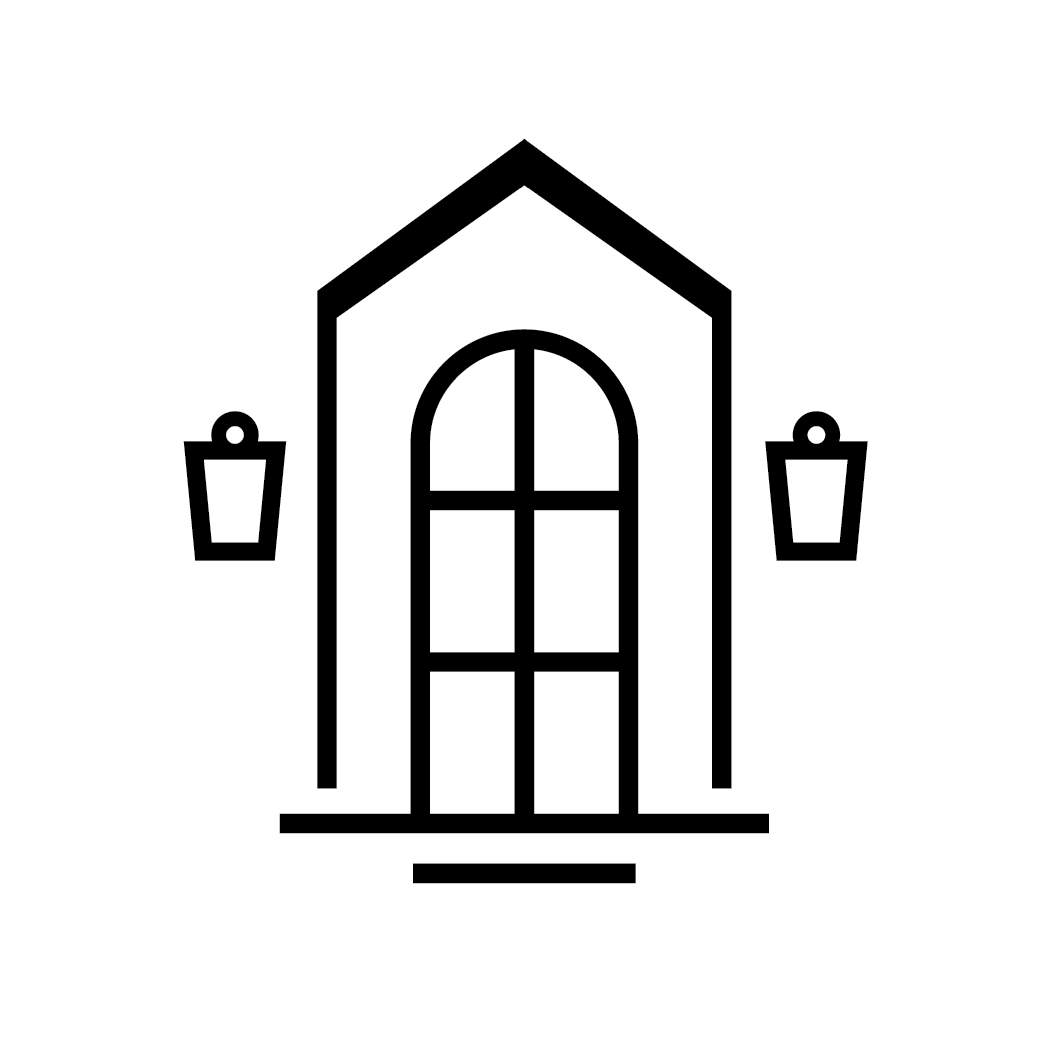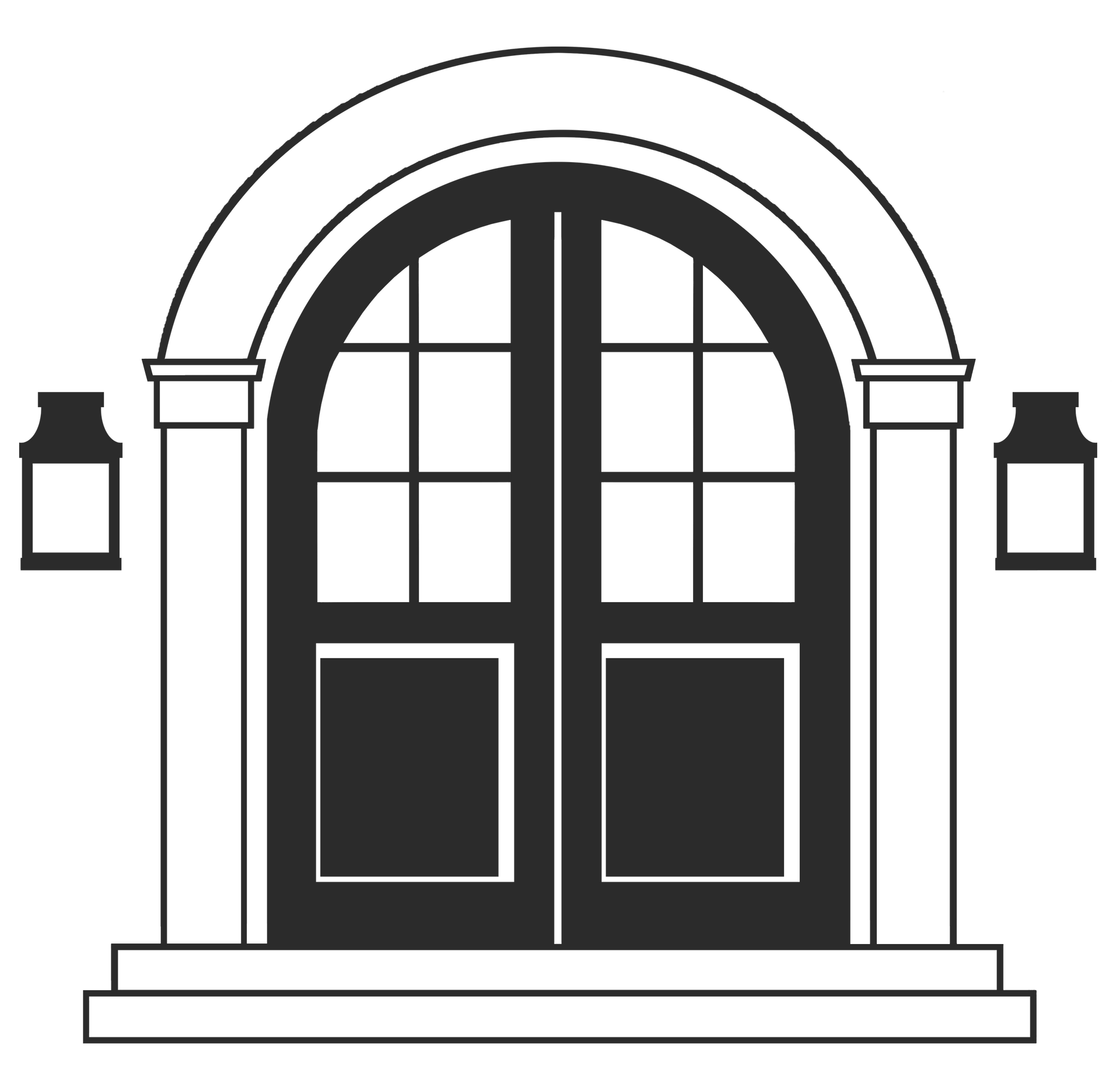The Interior Design Process: From Consultation to Completion
The interior design process is a complex journey that transforms a client's vision into reality. This process encompasses several stages, from the initial consultation to project completion. Each step ensures the final design meets the client's expectations and needs.
Initial Consultation: Setting the Stage
The interior design process begins with an initial consultation, where the designer meets with the client to discuss their goals, preferences, and budget. This meeting serves as a foundation for the entire project. During this phase, designers ask critical questions to understand the client's vision and functional requirements. Typical inquiries include:
- What are your main goals for this project?
- Are there specific problems you're hoping to solve with this redesign?
- What is your budget range?
Gathering this information helps designers create a tailored approach that meets the client's expectations while staying within financial constraints.
Importance of Communication
Effective communication is essential during the initial consultation. Designers must foster an environment where clients feel comfortable expressing their desires and concerns. This open dialogue helps understand the client's vision and set realistic expectations regarding timelines and budgets.
Developing a Design Concept
Once the initial consultation is complete, designers develop a design concept. This stage involves synthesizing the information gathered during consultations to create a cohesive vision for the space. Designers often utilize sketches, mood boards, and digital renderings to illustrate their ideas.
Concept Presentation
After formulating the design concept, designers present it to clients for feedback. This presentation typically includes:
- Floor plans
- Color schemes
- Material samples
- Furniture layouts
Client feedback is invaluable during this phase, allowing designers to make necessary adjustments before proceeding with detailed planning.
Project Planning and Management
With an approved design concept, the next step is project planning. This phase involves creating a detailed timeline and budget for the project. Effective project management ensures that all aspects of the design are coordinated seamlessly.
Timeline Creation
Designers outline a timeline that includes key milestones such as:
- Procurement of materials
- Construction phases
- Final installation
It's crucial to allow flexibility in this timeline to accommodate any unforeseen delays or changes in client preferences.
Budget Management
Budgeting is another critical component of project management. Designers must keep track of expenses throughout the project and ensure that costs align with the initial budget discussed during consultations. Regular updates and transparent communication about financial matters help maintain trust between designers and clients.
Sourcing Materials and Products
The next step in the interior design process is sourcing materials and products needed for the project. This includes selecting furniture, fixtures, fabrics and finishes that align with the approved design concept.
Vendor Relationships
Successful sourcing often relies on strong relationships with vendors and suppliers. Designers should leverage these connections to find high-quality products at competitive prices. Additionally, they should ensure that all selected items are available within the project's timeline to avoid delays.
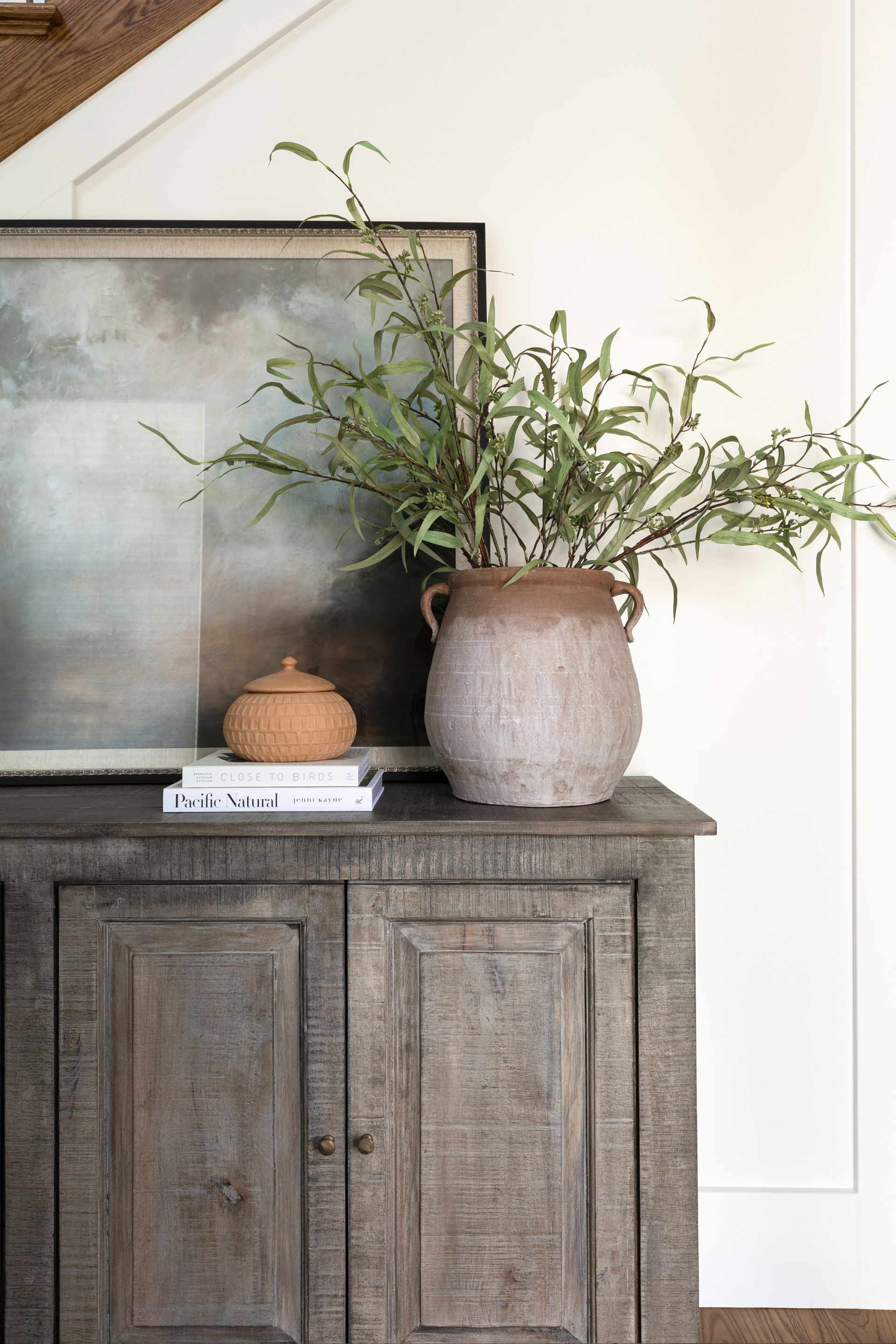
Implementation: Bringing Designs to Life
Once materials are sourced, designers oversee the project's implementation phase. This stage involves coordinating contractors, managing installations, and ensuring everything aligns with the design specifications.
On-Site Management
Designers frequently visit the site during implementation to monitor progress and address issues. Effective on-site management is crucial for maintaining quality control and ensuring work proceeds according to plan.
Client Involvement Throughout the Process
Maintaining client involvement throughout every project phase is essential for achieving satisfaction. Regular updates via meetings or digital communication platforms keep clients informed about progress and allow them to provide ongoing feedback.
Addressing Feedback
Interior design is inherently collaborative; thus, addressing client feedback promptly can lead to refinements that enhance overall satisfaction with the final product. Designers should encourage clients to express their thoughts on installations as they occur rather than waiting until completion.
Final Walkthrough and Completion
Upon nearing project completion, designers conduct a final walkthrough with clients. This step allows both parties to review the completed space and ensure it meets all agreed-upon specifications.
Handover Process
During this walkthrough, designers explain how to use new systems or features within the space (e.g., smart home technology). After addressing any last-minute adjustments or concerns, designers formally hand the completed project to clients.
Post-Project Follow-Up
Effective interior designers engage in post-project follow-up after completion. This may include checking in with clients after settling into their new space to ensure everything functions as intended.
Gathering Feedback
Feedback collected during this phase can be invaluable for future projects. Understanding what worked well and what could be improved helps refine processes for subsequent designs.
The Journey of Interior Design
From initial consultation to completion, the interior design process is a multifaceted journey that requires careful planning, effective communication, and strong project management skills. By prioritizing client needs at every stage and fostering collaboration, interior designers can create spaces that meet and exceed client expectations.
This comprehensive approach ensures that each project culminates in a beautifully designed space explicitly tailored for its occupants, reflecting their unique style while effectively serving their functional needs.
